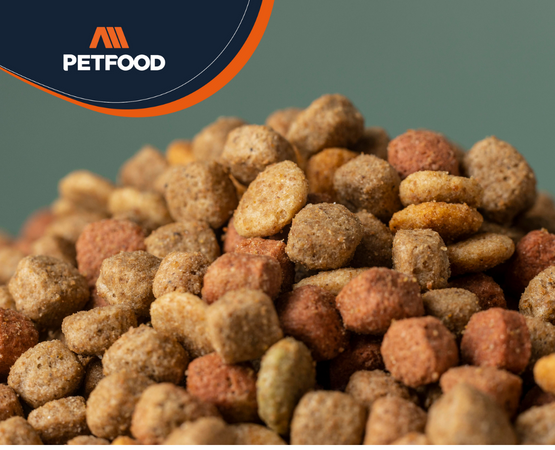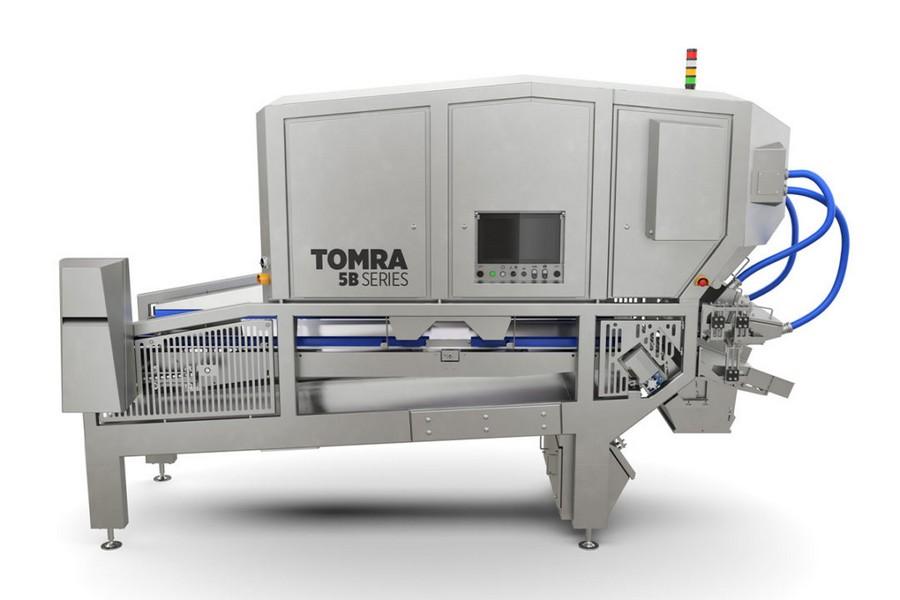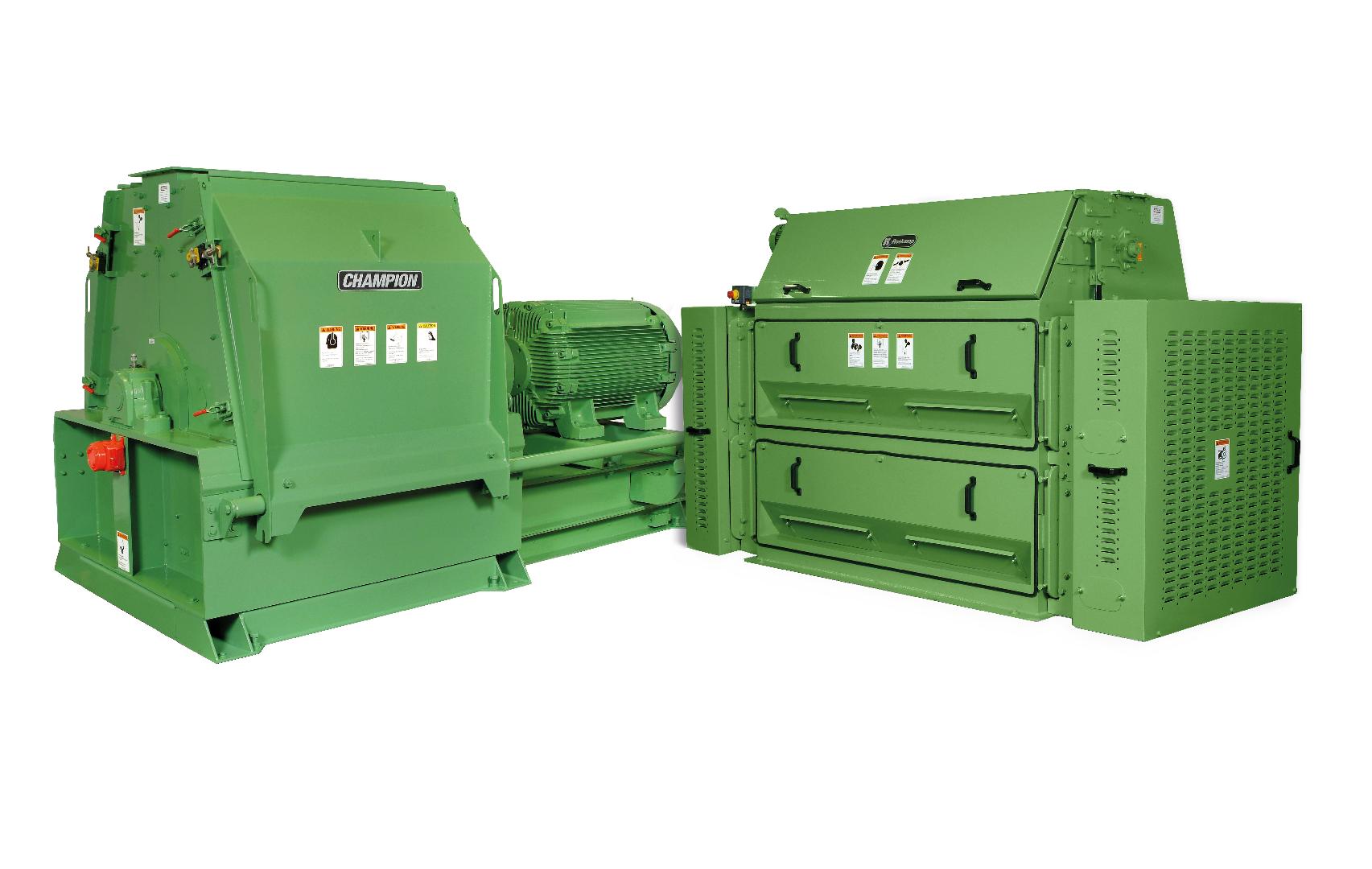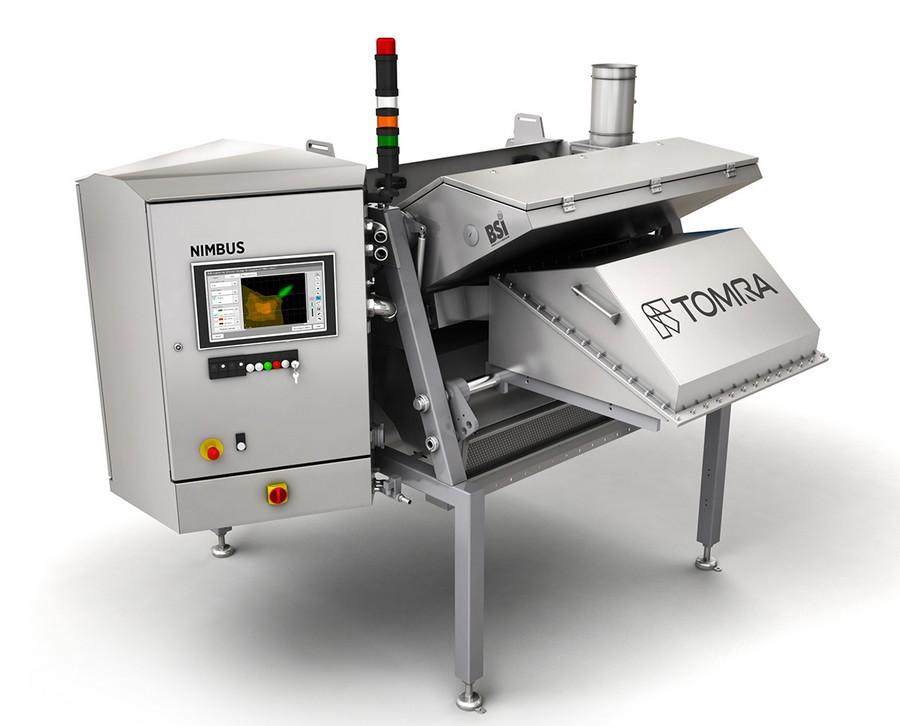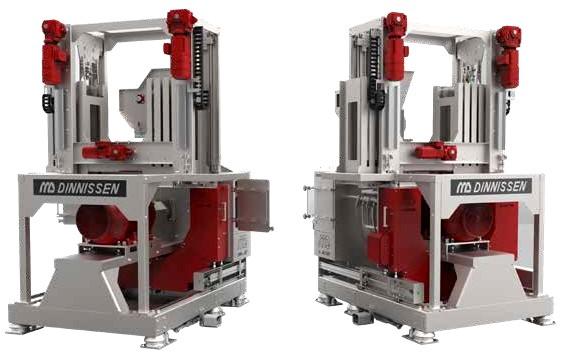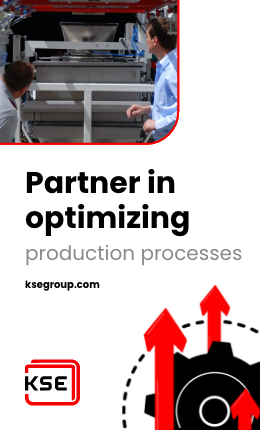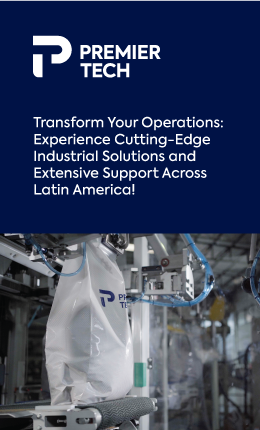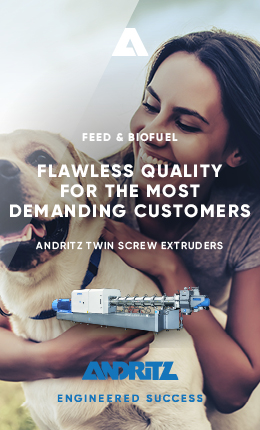
4+ MIN
28/05/2020
Tomra Food Starts working with the Renderers of Pet Food Ingredients
Optical sorting machines now benefit the renderers of animal food production by-products
TOMRA Food has begun offering its optical sorting technologies to renderers who turn the by-products from animal food production into petfood ingredients. This new initiative is expected to be especially well received now that the economic pressures of the COVID-19 pandemic are making it more important than ever for renderers to maximize efficiency and minimize waste.
As the world's leading manufacturer of optical sorting machines for the food industry, TOMRA Food last year became the first to provide advanced sorting solutions for petfood producers. With this move proving successful, the next logical step is to expand the company's offering to petfood renderers.
Rendering by-products from poultry, pork and beef into ingredients for wet and dry petfood (as well as for animal feed) is a higher-value use of meat and bone materials than rendering for alternatives such as fuels or fertilizer. The global petfood market is worth about $90 billion per year and is forecast to increase in size over the next decade at a CAGR (compound annual growth rate) of 5-6%. But achieving higher commercial values requires higher standards, necessitating the detection and removal of the smallest fragments of foreign material from the product mix.
Lars Povlsen, Sales Manager Petfood at TOMRA Food, commented: 'We are proud to be working now not only with petfood producers, but also with the renderers. TOMRA Food's sophisticated sorting technologies can do much to help ensure that petfood ingredients are safe and nutritious. We expect to see more renderers investing in the latest sorting technologies in order to remain competitive.'
TOMRA Food's solutions to the regulations and challenges of the rendering segment
Regulations governing the processing of waste meat for reuse can differ from one nation to the next, but the standards for petfood and animal feed are usually the strictest. The EU is typical of the stringent requirements: petfood and animal feed must comply with the highest of all three rendering classifications, Category 3, which requires the waste meat to have been fit for human consumption at the point of slaughter. It is mostly after this point, however, that foreign materials are accidentally introduced into by-products, because of the nature of the rendering process itself.
One risk in rendering is the mechanical process of removing feathers from poultry, because this is done by rubber fingers that can break off and end up in the product stream. Another risk is the way in which poultry is held above the conveyor belt by plastic hangers, because these hangers can also break and fall into the product mix.
In addition to these inherent threats, many other types of unwanted objects – such as rubber gloves, hairnets, metal clips, plastic tags, foil, stones, and broken glass – have been known to turn up in renderers' product streams. Although some of these foreign materials are initially large enough to be seen, grinding processes reduce them in size to almost invisibly-small fragments which the human eye cannot detect.
Now TOMRA Food's sorting machines are providing a solution to these serious challenges. Latest sorting technologies are capable of detecting and ejecting the tiniest fragments of foreign material with reliable accuracy and low levels of false rejects. Sorting machines can also help renderers pre-determine the desired levels of bone meal and protein content, so that premium ingredients can be rendered to fetch a premium price.
About TOMRA Food
TOMRA Food designs and manufactures sensor-based sorting machines and integrated post-harvest solutions for the food industry, using the world's most advanced grading, sorting, peeling and analytical technology. Over 8,000 units are installed at food growers, packers and processors around the world for fruits, nuts, vegetables, potato products, grains and seeds, dried fruit, meat and seafood. The company's mission is to enable its customers to improve returns, gain operational efficiencies, and ensure a safe food supply via smart, useable technologies. To achieve this, TOMRA Food operates centers of excellence, regional offices and manufacturing locations within the United States, Europe, South America, Asia, Africa and Australasia.
TOMRA Food is member of the TOMRA Group that was founded on innovation in 1972 that began with design, manufacture and sale of reverse vending machines (RVMs) for automated collection of used beverage containers. Today TOMRA provides technology-led solutions that enable the circular economy with advanced collection and sorting systems that optimize resource recovery and minimize waste in the food, recycling and mining industries.
TOMRA has ~100,000 installations in over 80 markets worldwide and had total revenues of ~8.6 billion NOK in 2018. The Group employs ~4,000 globally and is publicly listed on the Oslo Stock Exchange (OSE: TOM). For further information about TOMRA, please see www.tomra.com
by Tomra Food
Contact: Marijke Bellemans - Marketing Communication Manager TOMRA Food, Compac, and BBC Technologies
Email: [email protected]
Source: All Extruded
